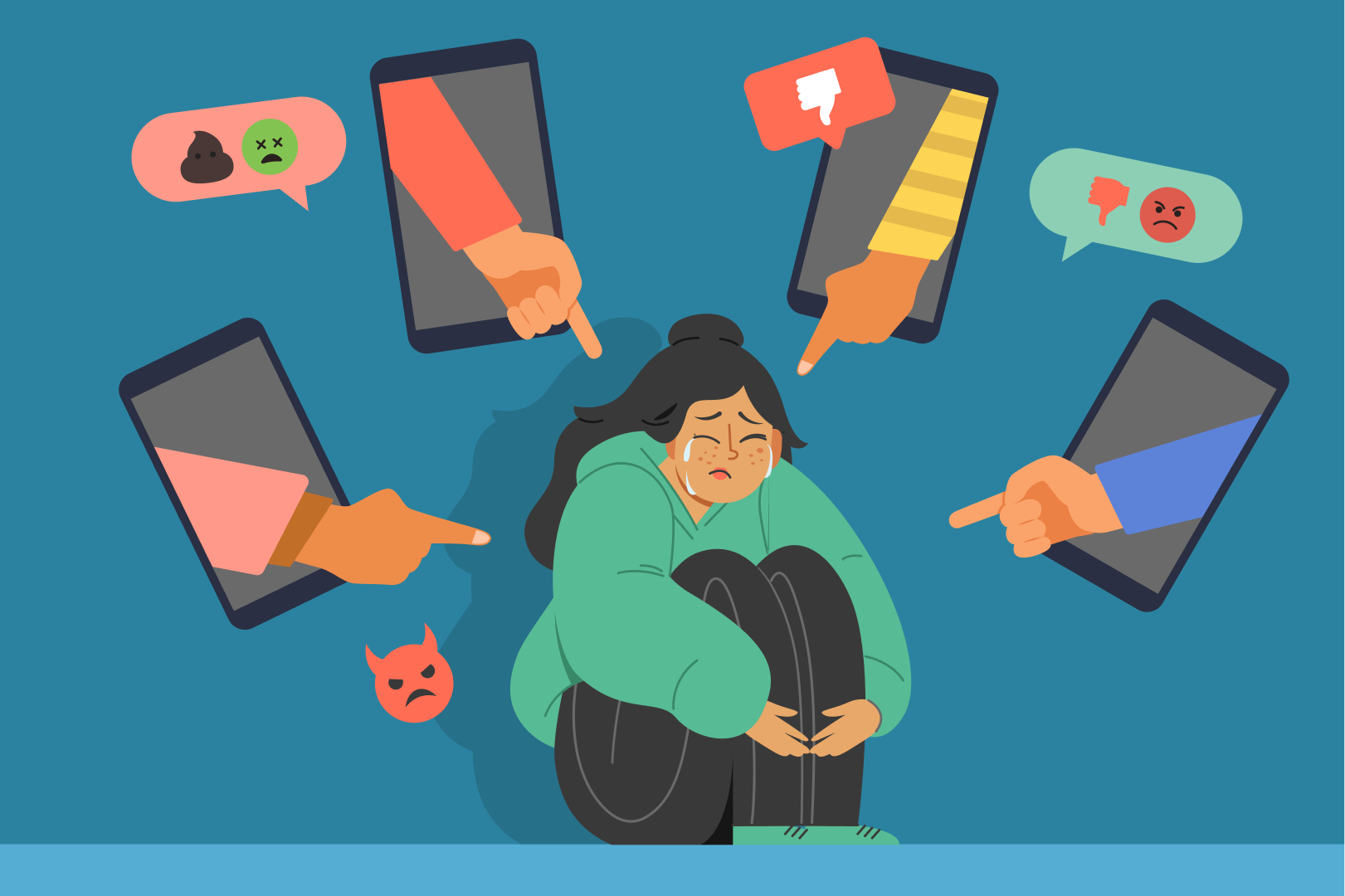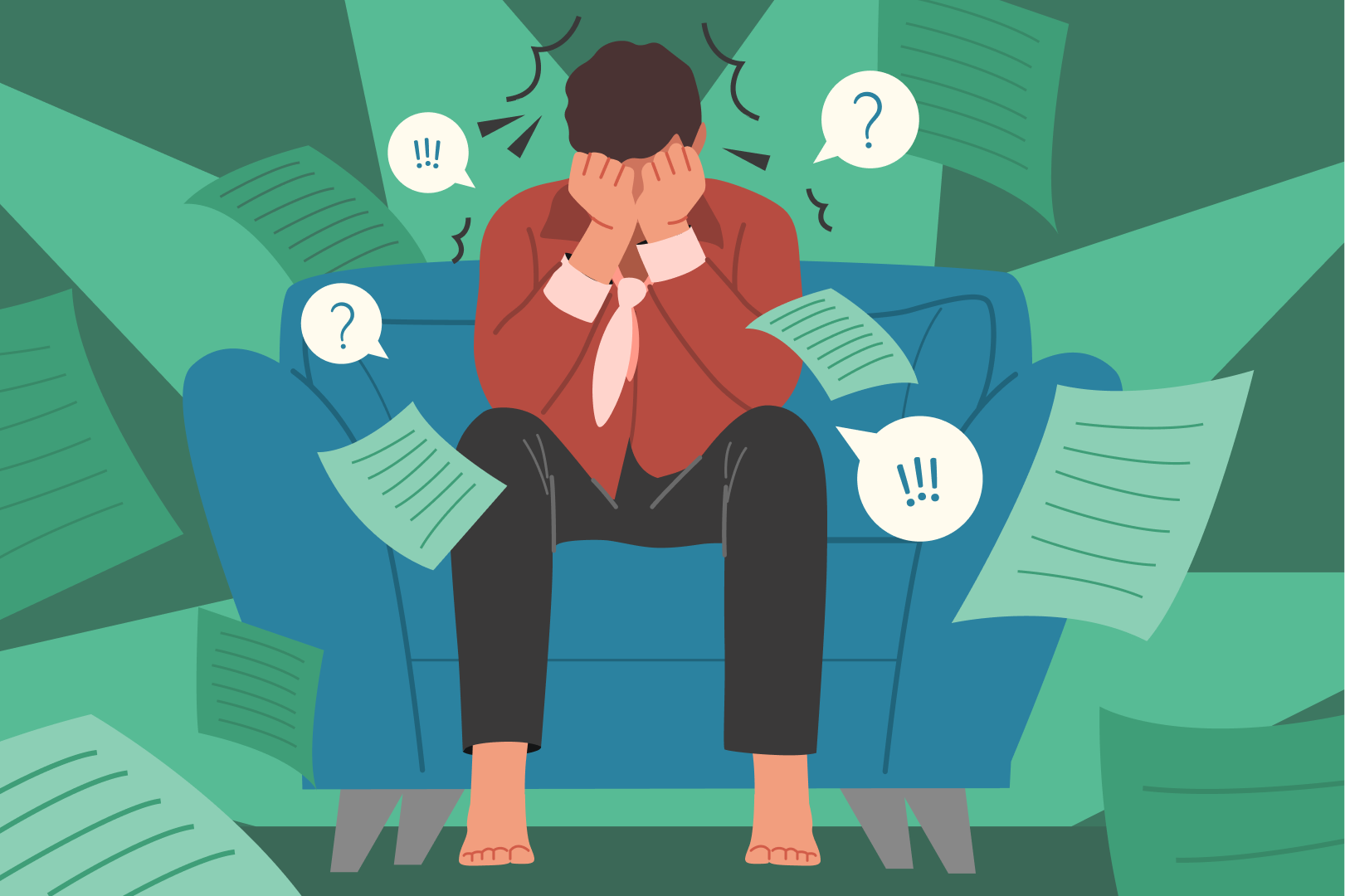It is a sad statistic that mental health illnesses account for 16% of the global burden of disease and injury in people aged 10–19 years, with suicide being the third leading cause of deaths in adolescence.
It is important for teachers to understand that adolescence is a crucial period in an individual’s psychosocial and emotional development. At this age, the need for peer approval and inclusive social networks dictate how an adolescent copes with the double burden of mental health problems and rejection from classmates.
Adolescents with behavioral disorders are particularly vulnerable to social exclusion and stigma, educational difficulties, overall poor health and risk-taking behaviors such as sexual risk taking, substance use and aggression.Young people with mental health disorders often report distress, being singled out due to stigma, prejudice and discrimination.

Unfortunately, much of the discrimination they face tends to come from those they might need to turn to first including their friends, parents and, shockingly, teachers and lecturers.
In an educational setting, adolescents who face the prevalent stigma can experience increased feelings of loneliness and isolation, often associated with suicidal behaviors.

Stigma or Prejudice, in general, is conceptualized as a feeling of disgrace, shame, and self-blame that results in social exclusion, isolation, and embarrassment.
These prejudices toward individuals with mental illnesses often result in discriminatory forms such as withholding access to care, coercive treatment, avoidance, and segregated or separate institutions.. Thus, these individuals are burdened by the distress of their symptoms and the distress of the stigma. It is often aggravated by the stereotypical and prejudiced portrayal of mental illnesses in the media including cinema and films.
It is seen that mental health illnesses and the associated stigma and prejudice often leads to poor access to mental and physical healthcare, decreased life expectancy, social exclusion in the form of academic termination, unemployment, poverty, homelessness, and contact with criminal justice systems.
Teachers need to note that:
- Stigma is a mark of disgrace that sets a person apart from others. When a person is labelled by their illness they are no longer seen as an individual but as part of a stereotyped group.
- Negative attitudes and beliefs toward this group create prejudice which leads to negative actions and discrimination.
- Stigma = stereotyping “prejudice” discrimination.
- Stigma brings experiences and feelings of:
a) shame, blame, hopelessness, distress, loneliness, isolation and social exclusion,
b) stereotyping and derogatory labels, misrepresentation in the media,
c) being treated differently than the rest of society
d) discrimination in housing, employment or services .
- Stigma worsens a person’s illness and can lead to a reluctance to seek and/or accept necessary help.
- Families are also affected by stigma, leading to a lack of disclosure and support.

How to change prevalent Prejudice regarding Mental Health?
- Prejudice may be reduced by protest, education and contact. Through protest, Prejudice is presented as morally unjust and people are encouraged not to act in inappropriate ways.
- Education challenges inaccurate stereotypes about mental illness and replaces these with factual information.
- Contact, that is face-to-face interactions between a person with a mental illness and the general public, brings the greatest improvements in public attitudes.
- Community wide social marketing campaigns, most often through mass media, bring these three approaches together and have been used around the world to shift public attitudes regarding mental illness.
How to reduce Stigma?
We all have a role in creating a mentally healthy community that supports recovery and social inclusion and reduces discrimination. There are many simple ways everyone can help to reduce prejudice and discrimination towards people with experience of mental illness. Some of them are:
- Learn and share the facts about mental health and illness.
- Get to know people with personal experiences of mental illness.
- Speak up when friends, family, colleagues or the media use language and/or misinformation that perpetuates false beliefs and negative stereotypes.
- Offer the same support to people when they are unwell whether they have a physical or mental health problem.
- Don’t label or judge people by their illness.
- Treat people with a mental illness with respect and dignity, as you would anyone else. Don’t discriminate when it comes to participation, housing and employment.
- Talk openly of your own experience of mental illness. The more hidden mental illness remains, the more people continue to believe that it is shameful and needs to be concealed.
- Public messages that encourage good mental health, such as the Five Ways to Wellbeing (these are Connect, Be Active, Take Notice, Keep Learning and Give)
Let’s clear some Common myths about mental illness:
MYTH
Mental illness only affects a few people.
FACT
Mental illness is common. It affects people of all ages, educational and income levels and cultures.
MYTH
Mental illness is caused by a personal weakness.
FACT
A mental illness is not a character flaw. It is caused by a complex interplay of genetic, biological, social and environmental factors. Seeking and accepting help is a sign of strength.
MYTH
People with a mental illness never get better.
FACT
With the right kind of help, most people do recover and lead healthy, productive and satisfying lives.
MYTH
People with a mental illness are violent.
FACT
A mental illness is not caused by personal weakness and is not “cured” by personal strength.
MYTH
People with a mental illness can “pull themselves out of it”.
FACT
People with a mental illness are no more violent or dangerous than the rest of the population. People with a mental illness are more likely to harm themselves – or to be harmed – than they are to hurt other people.
MYTH
People with a mental illness should be kept in hospital.
FACT
With appropriate treatment and support, people with a mental illness can live successfully in the community. In fact, the majority of people with a mental illness live independently in the community.








